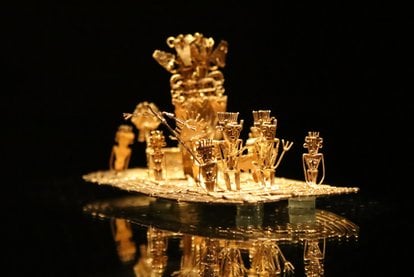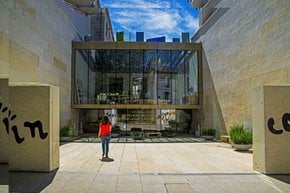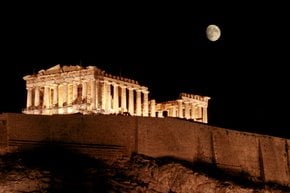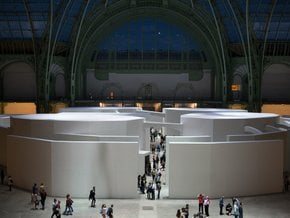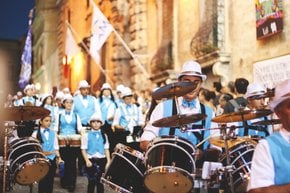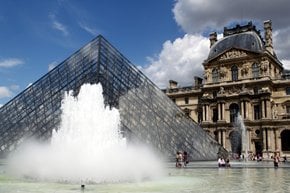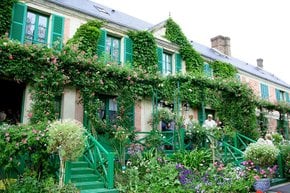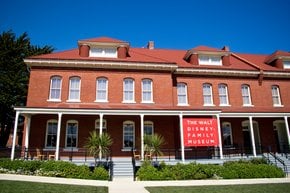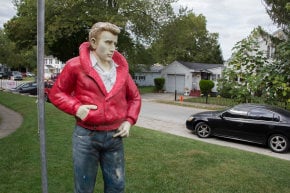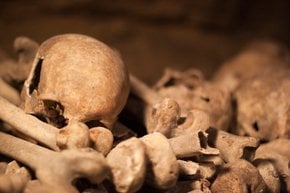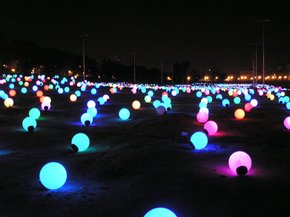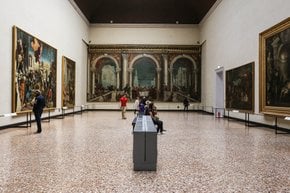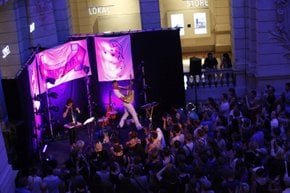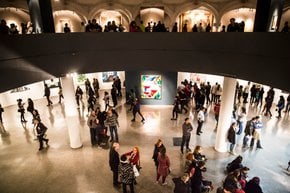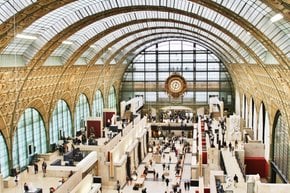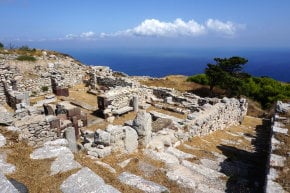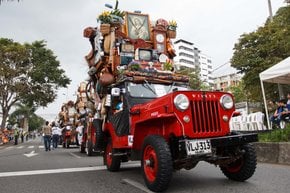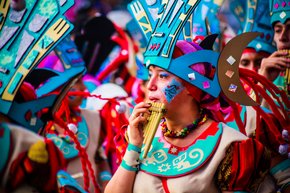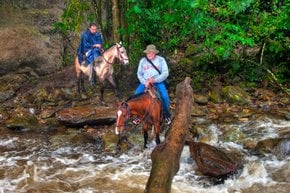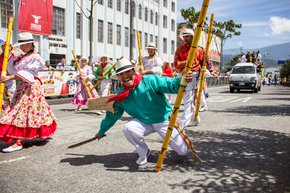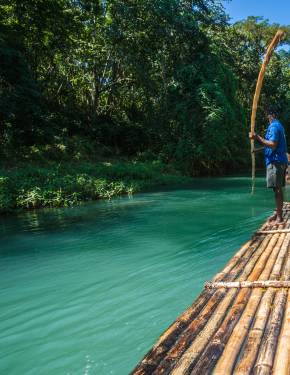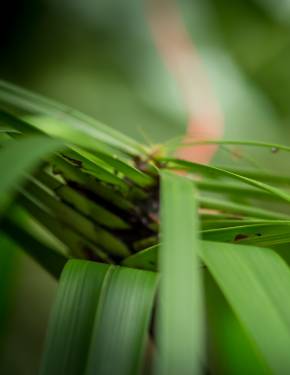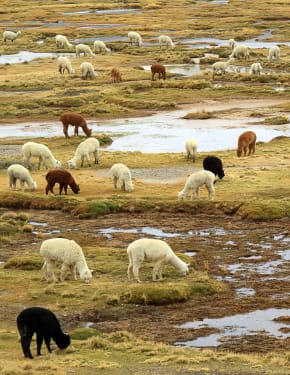Museo del Oro (Gold Museum) in Bogota, Colombia 2025-2026
The biggest Gold museum in the world!
Best time: all year round
Museo del Oro is a source of pride and one of the most visited highlights of Colombia. Every year it welcomes around 500,000 visitors. The museum consists of four floors and contains more than 55,000 pieces of gold and other materials like ceramics, textiles, stone, and wood from pre-Hispanic cultures in Colombia.
For indigenous cultures gold was sacred. They used to believe that gold has an invaluable power—it can send the divine energy of the sun out to the people. You'll find out how gold was used in ancient rituals. Also you can see a vast collection of vases, earrings, masks, bags, and shells made of gold. On Sunday and on public holidays entrence is free.
Practical info
External resources
Find hotels and airbnbs near Museo del Oro (Gold Museum) in Bogota (Map)
Last updated:
Authors: Eleonora Provozin

